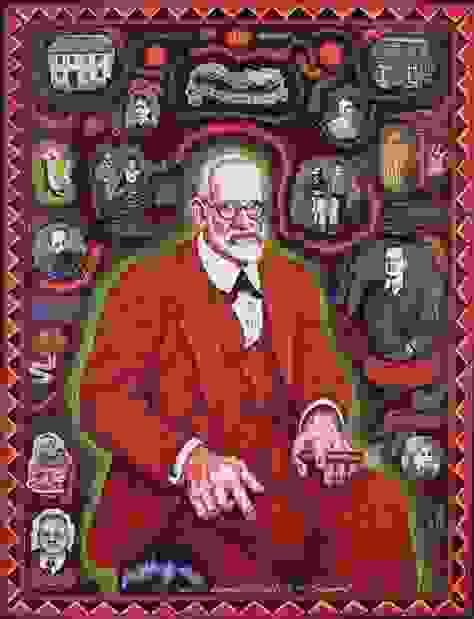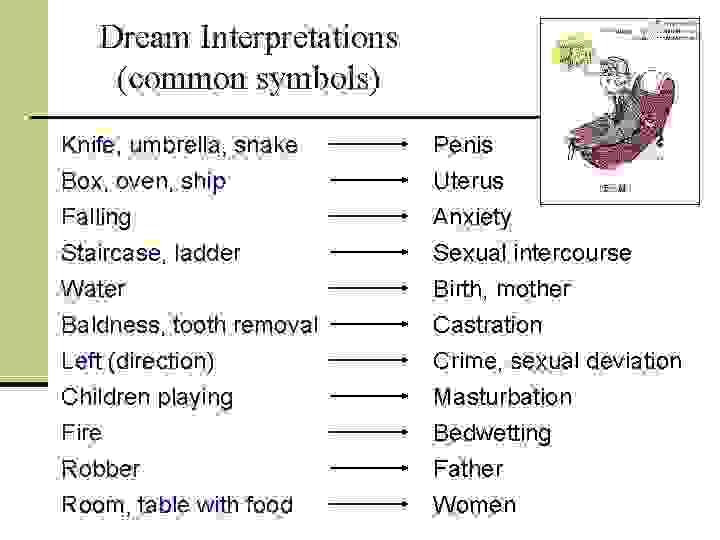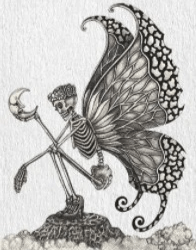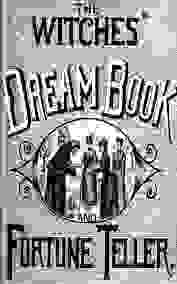

- Home
- Mental Attributes
- Insecurity
- Delusional Fears|Overdefensive
- Lack of Self-Esteem
- Denial of Reality|Egocentric
- Psychotherapy
- Psychodynamic|Psychoanalysis
- CBT|Cognitive Behavioral
- Watson Behaviorism
- Gestalt Therapy
- Jungian Analysis
- Freud's Psychoanalysis
- Humanistic Psychology
- Evolutionary Psychology
- Psychokinetic Act Psychology
- PsycheTruth
- Dynamic Blog
- Service
- Healing Bench
- Counseling
- About Us

What is Dream composed of and What Purpose Dream serves?
Symbolic dream requires interpretation and psychoanalysis.

What are dreams made of?
Sigmund Freud believed that 'all material making up the CONTENT of a dream is in some way derived from personal EXPERIENCE'. Also, he stressed that all dreams are composed of ELEMENTS rooted in physiological processes as listed below:
- Real External Sensory Stimuli body experienced during sleep(eg. an alarm clock, a strong odor, a sudden room temp change or a mosquito bite, etc) can become a part of the dream's narrative
- Internal(Subjective) Sensory Excitations prior to sleep onset: Imaginative Visual Phenomena, or 'Hypnagogic Hallucinations(Freudian term) presented as vivid &rapid changing images during the period of falling asleep.
- Internal Organic Somatic Stimuli: Stimuli of Sensations produced by internal organs during sleep. For example, 'dreams of those suffering from heart diseases are usually short and come to a terrifying end at the moment of waking; the content of dreams almost always includes a situation involving a horrible death'.
- Physical Sources of Stimulation from daytime: Thoughts, interests, and actions engaged in the day before sleep. Men dream of what they do during the daytime and of what interests them while they are awake.
According to Freud, dreams can be highly symbolic, thus making it difficult to uncover the exact physiological and experiential elements(as listed above) at play behind the curtains of a dream, yet these elements can be identified with proper methods by the Fundamental Principle in Freud's Approach to Dream Analysis.

What is the purpose of a dream?
The purpose of a dream under Freud's ideology is to bring repressed fears, wishes, and deep desires to the surface("release the pressure") for the dreamer to confront and reconcile their repressed feelings.
Freud defined 'Dreams are Disguised Fulfillments of Repressed Wishes - can relate to what fails to be actualized or yet to be accomplished in reality will be to topping up in 'virtual reality' as in the dream, relative to Compensatory Mechanism.'
Freud also specifies that the purpose of a dream not always meaningful; sometimes it can manifest a reflection or merely the reproduction of a memory

Common Dream Symbols
According to Freud, the number of things represented by symbols in dream is not great: human body, parents, children, siblings, birth, death, nakedness, and a few other staple goods whose shape or functions can relate to sphere of sexual life.
In a common sense,
- Men is represented in the form of houses with smooth walls while houses with projections and balconies to which one may cling are Women.
- Birth is almost always represented by reference to water-emerging scenarios, indicating a mother-like relationship towards the dreamer
- Death is replaced in dreams by taking a journey or tour
- Jewels and treasure may present a beloved person
- Sweets frequently stand in for sexual delight
- Masturbation may be disguised as sliding, coasting, or tearing branches off trees
- Dreaming of one's teeth falling out(or being pulled) indicates a fear of castration as a punishment for masturbation
- Sexual Intercourse may be symbolized by an array of scenes and interaction between male and female symbols as below:
- The entire Male Genital(the penis itself alone) is represented either by ① long and upright objects(sticks, umbrellas, poles, trees or the monument) ②or by objects that can penetrate the body and cause injury(knives, daggers, lances, swords and firearms especially revolvers) ③ also substituted by objects out of which water flows(faucets and fountains) ④ as well as by objects that can be elongated(telescopes and collapsible pencils)
- A penis erection is often symbolized either by ① objects that seem to raise themselves against the force of gravity as balloons, airplanes, missiles or rockets ②or by the entire person if dreamer pictures himself flying ③ also by less obvious male symbols including reptiles especially snakes, fish, hats and coats, etc
- The entire Female Genitals(the vagina, uterus) are symbolically represented by objects which enclose a space capable of being filled by some wooden and paper objects like pits, caves, bottles, boxes, trunks, jars, suitcases, pockets, ships, mouth, churches or shoes
- Breasts are represented by apples, peaches, and fruits in general
Examples of Typical Dreams
Typical dreams deploy symbolic representations rooted in the culture
and found in tales, folklore, and myths

Embarrassing Dreams of Being Naked
Manifest Content:
the onlookers with 'stiff faced' don't seem surprised and concerned with the dreamer's nakedness in the dream-world
Underlying Meaning behind:
a 'nudity' wish-fulfillment in the dream which is inhibited in reality. Profoundly, this kind of dream uncovers the dreamer's desire to return to the 'care-free and at-ease' most common time of childhood when kids were able to be inadequately dressed and behave around strangers and not have them surprised neither judgmental and to get past the adult pains of one's nature desires being constantly suppressed in reality. Become a member to get unlimited access and support the voices you want to hear more from.

Dreams of the Death of Persons of Whom the Dreamer is Fond
Dreams that typically involve the death of a parent, sibling or child are the expression of a wish that the dreamer desires to have fulfilled in the approach of the dream-world.
Discerning Intention Difference:
1) If the dream leaves NO ROOM for dreamer to be painfully affected by the death, Freud proposes that the dreamer doesn't mean to wish someone to die. Rather, the dreamer wishes to seethis person whose death occurs in one's dream. In another word, the death of the person in the dreamer's dream is the 'subconscious call’for reminding the dreamer how desperately the dreamer miss and wish to see this person in real life.
2) If the dreamer is painfully affected by the death, Freud suggests that the dreamer subconsciously wishes that this person may die, which may not be a 'present' wish but may have taken place long ago and manifestitself at present or in future sometime.

Dreams as Fortune-teller indicating potential life opportunities &health conditions
Dreams of being obliged to retake an examination, as an adult, that has been taken and passed successfully at a younger age. The meaning behind is frequently reassurance before a difficult moment, which hints that "you have passed this examination before, therefore you will succeed again . . ."). This genre of dreams is intended to forebode future performance and fortune of the dreamer's may tend to head.
About Us
Our Mission
We're Hiring!
Resources
Tutorials
Brand Assets
Contact Us
321-555-5555
info@
© 2019






